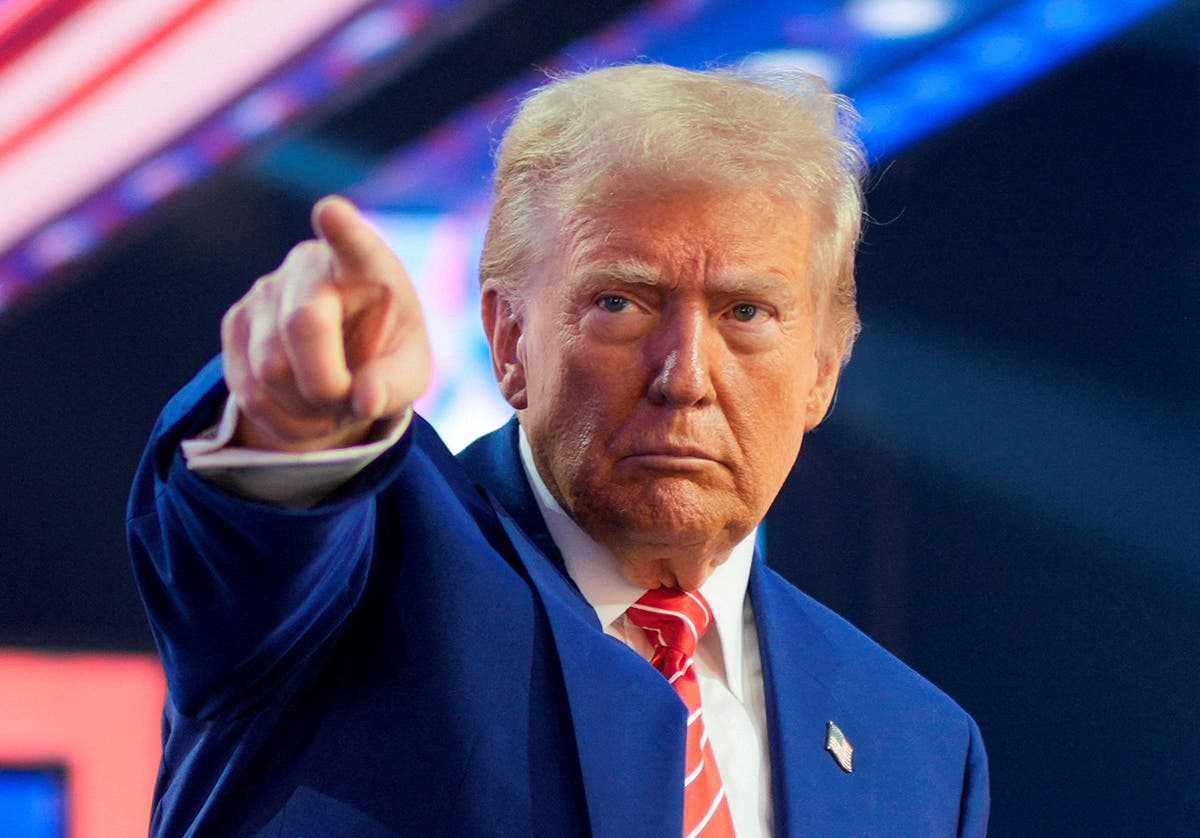Tech
EVs to the internet: Can the US and China unwind technology interdependence without disaster?

As our world becomes more digitally interdependent, geopolitical competition is increasingly centred around technology. The United States and China have been unwinding technology interdependence at a dizzying pace. Is there still a path that doesn’t involve US-China tech bifurcation?
The most recent move, the US proposed ban on Chinese EVs, could represent a tipping point as it becomes harder to imagine a future where the US and China collaborate on any form of technology.
The US decision is driven by the fear that connected vehicles transmit real-time data including location, activities of drivers and privacy information, and that China-made vehicles could be used for espionage, sabotage, surveillance or disruption. The proposed ban prohibits the import and sale of vehicles with Chinese manufactured software and hardware that would allow communication through Bluetooth, cellular, satellite or Wi-Fi modules.
Almost all contemporary vehicles include software and monitoring systems that pose security risks. Australia’s National Cyber Security Coordinator, Lieutenant General Michelle McGuinness, has also highlighted concerns about exploitable vulnerabilities in connected technologies including electric vehicles and the Internet of Things.
Given how much shifting investment, supply chains, and technology impact companies and all of society, Australians need to understand, anticipate, and where possible shape these debates.
While this US move is characterised on national security grounds and not related to trade, they are connected. It follows a 100% tariff increase in May on the import of Chinese EVs. In August, Canada also increased its tariff to 100%. Last month the European Union voted to firm up provisional tariffs of 35.3 per cent, on top of an existing 10% duty.
It remains to be seen how US companies, such as Ford and Tesla will react, given their high reliance on China. Manufacturing with Chinese components in places such as Thailand and Mexico looks likely to be subject to bans, too. The impact for countries without an EV industry, like Australia, is less clear but might include an increase in Chinese EV imports.
Notwithstanding the attempt to diversify, derisk and decouple supply chains, the technology ecosystem is interdependent and intwined. Reducing vulnerabilities will come at great cost to governments, consumers and a shared digital future.
Technology decoupling – the undoing of cross-border trade in high-tech goods and services – is associated with concerns about intellectual property protection, data privacy, and national security risks as well as a renewed focus on industrial policies. Despite the global implications, little is known about what it might mean for digital economies. One International Monetary Fund study shows it reduces global growth – through reduced global trade flows, misallocation of resources and less cross-border knowledge diffusion.
The Biden administration would argue it is targeting sectors that China is exploiting to dominate decisive domains such as artificial intelligence. In 2023, US National Security Advisor Jake Sullivan looked to the words of European Commission President Ursula von der Leyen to say the US advocates de-risking and diversifying, rather than decoupling. He echoed these sentiments in China in August this year.
Others would argue the opposite – that a raft of new initiatives, from the CHIPS and Science Act to the Indo-Pacific Economic Framework, the 25 bills of “China Week” in US congress last week, do amount to a roadmap for decoupling. The measures are across many sectors, including semiconductors, AI and clean energy – on grounds of unfair work practices – are causing a “China-US clean energy subsidy race”. US efforts to legislate biosecurity is seen as a continuation of these efforts.
The national security threats are real. There is agreement in and out of government and across both sides of the Pacific that China’s actions threaten national security not only militarily but also technologically and economically – especially in relation to IP theft, surveillance, foreign interference and espionage. Recently, we’ve seen restrictions around the personal data of Americans, US biosecurity legislation, as well as Australian responses to foreign interference in the technology sector and universities.
This year has seen global attribution of Chinese government sponsored cyber-attacks, including groups such as Volt Typhoon, APT40, and Flax Typhoon. Setting global standards for technology has also become more political as technology competition increases. The US, China and the EU, among others, are carving out more space for government to identify and set standardisation priorities, coordinate action and direct investments.
We expect to see some separation of technology ecosystems as competition intensifies. However, the interdependence and interconnectedness of the global digital ecosystem as well as length and complexity of technology supply chains suggest we are in new territory. As well as the technologies itself, this new terrain includes everything from critical minerals, advanced manufacturing, computing capacity, software vulnerabilities and subsea cables.
Given how much shifting investment, supply chains, and technology impact companies and all of society, Australians need to understand, anticipate, and where possible shape these debates. Australia will need to develop a mechanism to assess supply chain dangers as the security risks inherent in software and hardware. Software supply chains aren’t contained to tangible goods as we saw in the CrowdStrike outage earlier this year. Having a process to assess supply chain and software risks – as well as hardware – from a national security as well as safety perspective is essential.
While some argue that a technology decoupling is not inevitable, it is becoming difficult to imagine areas where innovation and collaboration might occur. This rings true for government, private sector and research. Even as governments act on national security grounds, it is important to continue diplomatic efforts and encourage cultural and individual relationships. Otherwise, we risk creating a real-world version of polarised social media. We need to actively engage all nations on reducing technology harms, improving AI safety and climate change.










